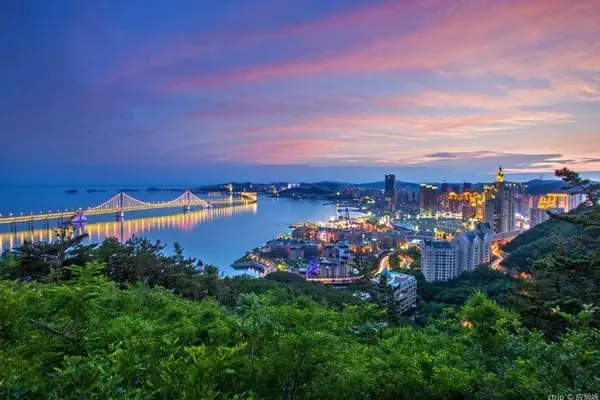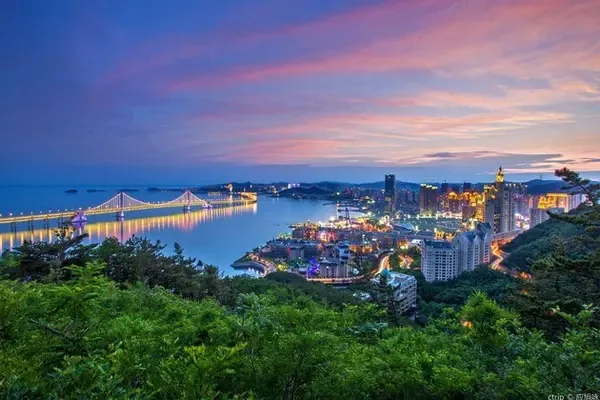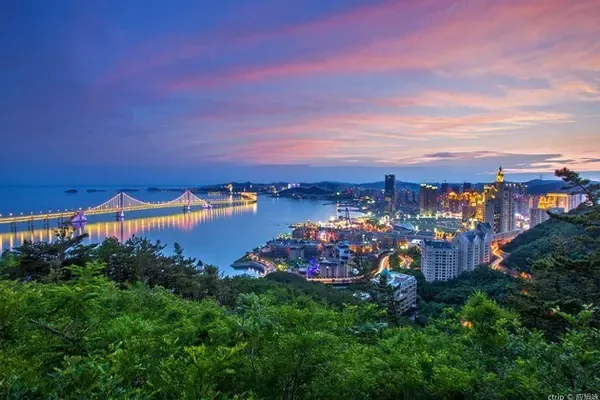Title Picture 1: Go around the tower back and forth

Topic picture 2: The back of Yingxian Wooden Pagoda
The front tower and the back hall are rare.
The Daxiong Palace was actually only seen after passing through the wooden pagoda. In addition, there are plaques around the wooden tower. Content varies.
Zhu Di, Emperor Chengzu of the Ming Dynasty, personally inscribed "Supreme Divine Skills"; Zhu Houzhao, Emperor Wuzong of the Ming Dynasty, inscribed "Wonders of the World". There are 54 plaques and couplets of the Ming, Qing and the Republic of China in the tower. There are also a number of precious cultural relics of the Liao Dynasty in the tower, especially the color printing of the Liao Dynasty, which filled the gap in the history of Chinese printing. Among the cultural relics, there are many scriptures, including manuscripts, woodblock printing copies of the Liao Dynasty, and some scriptures are more than 30 meters long. In commemoration of Master Huineng, the painter drew the "picture of picking medicine", which was originally hidden in the belly of the Buddha statue on the fourth floor. It is now preserved in Ying County Cultural Relics Management Office.
The bottom plaque on the reverse reads: Yongzhen Jincheng. Jincheng, Lanzhou, Gansu also. Perhaps the "Golden City" here is the common name of the corresponding county generation in ancient times.
It is said that the Yingxian Wooden Pagoda has begun to tilt, but visually, the tilt cannot be seen yet.
It's a pity that you can't climb the tower, but it's completely understandable when you think of the protection of the ancient tower.
It is said that during a renovation in the reign of Emperor Kangxi, a carpenter accidentally dropped an ax, and there happened to be two children playing in the ground. When everyone was worrying for the lives of the two children, the ax fell on the two children without prejudice. middle of a child. People said: "This is the blessing of the gods, so there has not been a single casualty accident since the tower was built."
The tour guide Xiao Cui said: There are two Buddha tooth relics enshrined in the pagoda, which are contained in the silver shells enshrined by two seven treasures. After textual research, they are confirmed to be the relics of Sakyamuni's spiritual teeth.
Since the 1930s, many Chinese experts and scholars have devoted themselves to the research and exploration of the mystery of the thousand-year-old wooden pagoda. Ye Keming and Jiang Huancheng, academicians of the Chinese Academy of Engineering, believe that the reason for ensuring the thousand-year-old wooden pagoda is firstly viewed from the theory of structural mechanics. The structure of the wooden tower is very scientific and reasonable, with mortise and tenon joints, combining rigidity and flexibility. This combination of rigidity and flexibility has a huge energy-consuming effect. The design of this energy-consuming and shock-absorbing effect even exceeds the technological level of modern architecture.
At 12:30 noon on May 12, 2014, I left Ying County and had lunch. At 2 pm, I arrived at the famous Xuankong Temple.
Relying on the wooden pagoda, this attraction has successfully developed its surrounding area. In particular, a shopping street outside the wooden pagoda scenic spot came into being. In addition to the shopping street, an antique colorful corridor has been built nearby, as well as the ruins of the ancient city wall of Yingzhou. Our group of 39 tourists visited Yingxian Wooden Pagoda, went straight in and out, and ignored the nearby attractions. It's a pity.
Today's itinerary is tight. After arriving at the ancient pagoda, we will go straight to the Xuankong Temple. After that, we will go to the long-awaited Yungang Grottoes!
































![The appearance of Yingxian Wooden Pagoda [Photo: Mo Jun New Green]](https://www.anyonetrip.com/uploads/202302/02/614707843cf5d600.webp)

